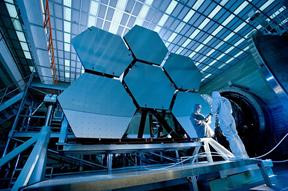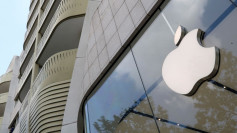The James Webb Space Telescope is under increasing pressure from NASA.
On Monday, controllers of the James Webb Space Telescope began adjusting the tension on the telescope's huge sunshield, a five-layer shield meant to keep the observatory cold enough for science.
Monday marked the commencement of the most difficult set of activities yet - the separation and tensioning of the shield's five distinct layers.
Each shield membrane is as thin as a human hair and must be delicately drawn tight to create a hard, kite-like barrier the size of a tennis court.
The task was practiced numerous times on the ground using full-scale and sub-scale models, according to NASA's Bill Ochs, who expressed confidence that everything would go well.
The James Webb Space Telescope's sunshield is now fully open and is being stretched firm. By Wednesday, the operation should be complete.
The tensioning was delayed two days because the engineers had to take a break on Saturday for the New Year's Day holiday and resolving a couple of minor issues on Sunday.
The $10 billion observatory - the world's largest and most powerful astronomical telescope - launched from French Guiana on Christmas Day. Its sunshield and primary mirror have to be folded in order for it to fit onto Europe's Ariane rocket.
The sunshield is critical for maintaining subzero temperatures in Webb's infrared-sensing equipment as they search the universe for the first stars and galaxies and probe the vastness of the cosmos for signs of alien worlds.
Extending the sunshield last Friday "was a major accomplishment for us," project manager Ochs said. Each of the 107 release pins worked properly.
Amy Lo, a key engineer for the telescope's prime contractor, Northrop Grumman, stated, "Everything is hunky-dory and performing well now."
The sunshield is an essential component of the observatory because Webb specializes in heat-sensitive infrared observations.
It is part of a month-long deployment operation to get the successor to the Hubble Space Telescope ready to collect data from a distant point almost 1 million miles away from Earth.
A secondary reflector must be deployed on long booms in front of the main mirror at the observatory. This is currently scheduled for Friday.
The primary lens features "wings" that were tucked away for launch but must now be rotated 90 degrees to create a full, 6.5-meter-wide surface. This should happen during the weekend, assuming everything goes according to plan.






